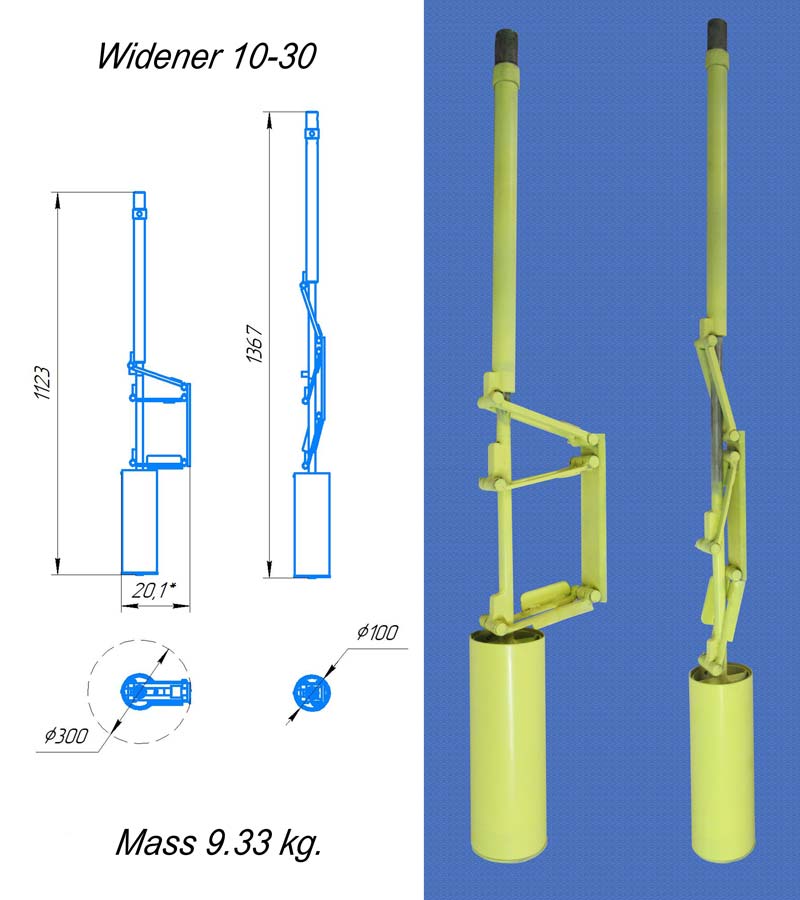SPU NL
Hand Boer "HDT-5"
The most powerful and durable in its class
(delivery anywhere in the world)
Hand Boer "HDT-5"
The most powerful and durable in its class
(delivery anywhere in the world)
| Data for configuration of the hand boer HDT-5 for creation of widening | |
| Equipment | Price, $ (€) |
| Widener (Underreamer) | 212.50 (212.50) |
